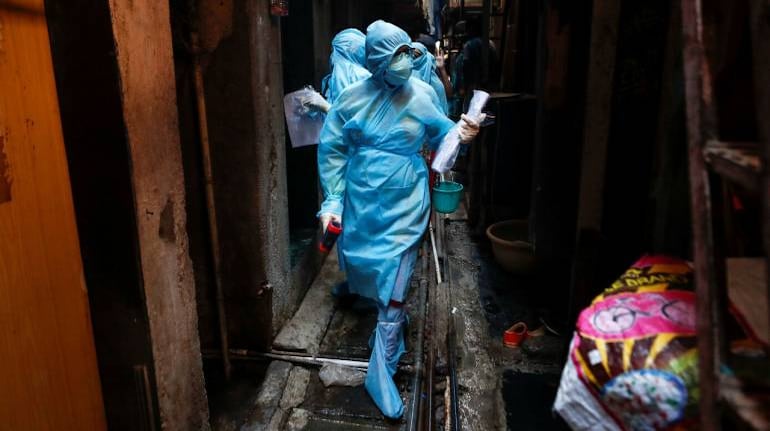



The number of COVID-19 cases in India has crossed 21,000, with Maharashtra still reporting the highest number of cases. On April 22, Gujarat became the state with the second-highest number of reported infections, surpassing Delhi by a significant margin
As per the day's 5 pm update by the Ministry of Health and Family Welfare, the number of reported COVID-19 cases in Gujarat stands at 2,407, of which 179 have been cured, discharged, or migrated. The death toll in the state is at 103.
To put this in context, the total number of COVID-19 cases in India at the time of filing this story is 21,700, of which 16,689 are active cases while 4,325 people have been cured and 686 people have lost their lives.
This means that Gujarat currently accounts for about 11 percent of the burden of COVID-19 infections in India. On the other hand, Maharashtra (with 5,652 cases) makes up about 26 percent, while Delhi another 10.35 percent of the total coronavirus positive cases in the country.
Gujarat reported its first two cases of the COVID-19 on March 19. Both the patients had a history of foreign travel – one of them had returned from Saudi Arabia, while the other from London. In a span of over 20 days, more than 2,400 people in the state have contracted the infection.

Even as the number of reported infections in Gujarat is on the rise, the state government, earlier this week, allowed as many as 4,000 industrial units to resume operations. This is in line with the announcement of relaxations to the ongoing nationwide lockdown starting April 20.
Prime Minister Narendra Modi had, on March 24 announced a 21-day nationwide lockdown to contain the spread of COVID-19. This was later extended until May 3 in light of the continued spread of the infection and the rising number of cases across the country.
As far as the speed of recovery is concerned, India's recovery rate has improved to nearly 20 percent. However, Gujarat has recorded one of the lowest recovery rates in India at around 7.4 percent (going by the health ministry numbers, Meghalaya and Mizoram have a zero percent recovery rate, with the number of COVID-19 cases at 12 and 1 in the states respectively).
On this, the state's Principal Secretary-Health, Jayanti Ravi, told Ahmedabad Mirror, "The first case was reported on March 19, so we are now taking forward the momentum of discharge cases. The new cases started late. As it takes at least 12 days to recover, the discharge cases will increase."
Discover the latest Business News, Sensex, and Nifty updates. Obtain Personal Finance insights, tax queries, and expert opinions on Moneycontrol or download the Moneycontrol App to stay updated!
Find the best of Al News in one place, specially curated for you every weekend.
Stay on top of the latest tech trends and biggest startup news.